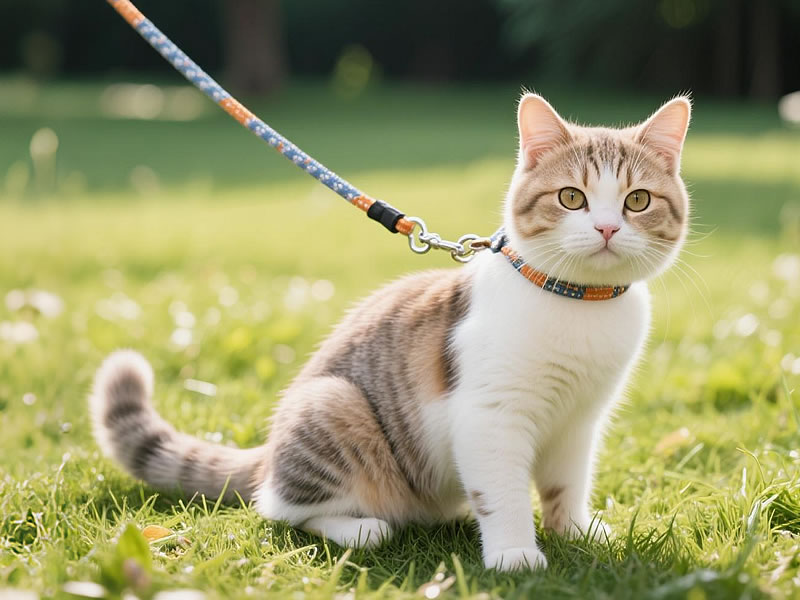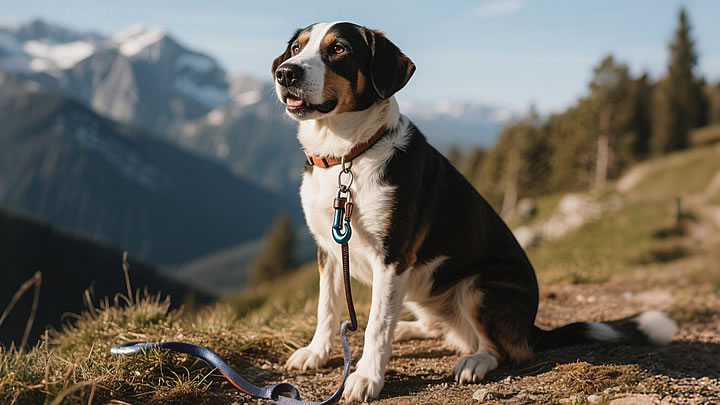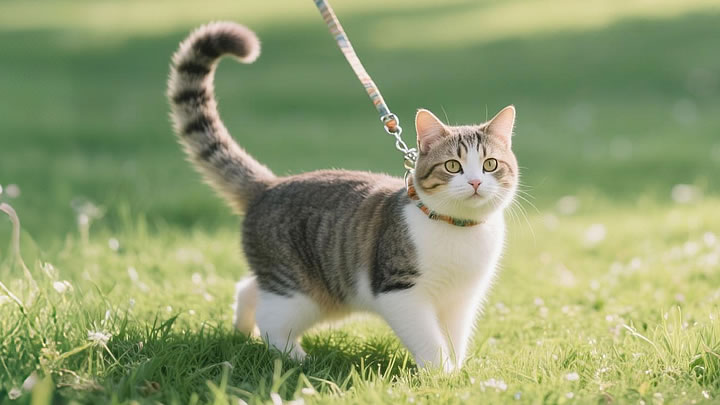Pet Carebiner Leash Attachment: The Ultimate Guide to Hands-Free Safety & Convenience
For active pet owners, few accessories offer the transformative convenience of a pet carebiner leash attachment. This simple yet ingenious device unlocks a new level of freedom on walks, hikes, and runs. But to truly reap its benefits, understanding how to attach it correctly and safely is paramount. This comprehensive guide covers everything you need to know about securing your pet with a carebiner attachment.

What is a Pet Carebiner Leash Attachment?
A pet carebiner is far more than a standard keychain carabiner. It is a purpose-built, locking carabiner designed specifically for pet safety. Its core function is to create a secure, hands-free connection between your dog’s leash and an anchor point on your body, such as a belt loop, a dedicated walking belt, or a backpack’s D-ring. The defining feature is its secure locking mechanism—whether screw-lock, auto-locking, or twist-lock—that prevents accidental opening if your pet pulls or brushes against an object.
Why Choose This Attachment Method?
The advantages of using a carebiner leash attachment are significant:
- Hands-Free Convenience: Enjoy the ability to drink coffee, use your phone, take photos, or manage other tasks while walking your dog.
- Improved Stability: By attaching the leash to your core (via a belt or backpack hip belt), you gain better leverage and balance, especially with medium to large dogs.
- Reduced Arm Strain: It eliminates constant tension on your arm, wrist, and shoulder, making walks more comfortable.
- Perfect for Active Lifestyles: It’s the ideal solution for runners, hikers, and bikers who want their canine companion securely by their side.
Step-by-Step: How to Securely Attach Your Pet Carebiner
- Select a Sturdy Anchor Point: This is the most critical step. The ideal anchor is a robust belt loop (sewn firmly onto thick pants or a belt), a specialized dog walking belt, or a load-bearing D-ring on a backpack’s hip belt or chest strap. Avoid thin, flimsy, or decorative loops that could snap under pressure.
- Perform a Pre-Use Safety Check: Make it a non-negotiable habit to inspect your gear before every walk. Check that the carebiner’s gate opens and closes smoothly and that the locking mechanism functions perfectly. Also, give your leash’s clip a quick once-over for any signs of wear or weakness.
- Attach to the Anchor Point: Clip the open carebiner firmly onto your chosen anchor. For added safety, orient the gate to face downward or toward your body. This minimizes the risk of it snagging on external objects and potentially prying open.
- Engage the Lock: This is what makes a "carebiner" a safety device. Always ensure the locking mechanism is fully engaged. Twist a screw-lock until it stops. For an auto-locker, listen and feel for the definitive click that confirms it’s locked.
- Connect the Leash: Finally, attach your dog’s leash to the free end of the carebiner. Before you start your activity, give both connection points a firm but gentle tug to confirm everything is secure.
Essential Safety Tips and Best Practices
- Never Use a Non-Locking Carabiner: Standard carabiners are a major safety hazard and are not designed for the dynamic forces of a walking dog.
- Maintain Constant Awareness: Hands-free does not mean attention-free. Stay alert to your surroundings and your dog’s behavior to prevent tangling around legs, people, or obstacles.
- Match the Tool to Your Dog: This attachment style is best for dogs with reliable leash manners. For powerful pullers or reactive dogs, maintaining direct hand-held control is often safer.
- Practice in a Controlled Environment: Test the entire setup in your yard or a quiet park before venturing into busier or more hazardous areas like hiking trails.
A pet carebiner leash attachment, when used correctly, is a game-changer. It seamlessly blends ultimate convenience with unwavering safety, allowing you and your best friend to explore the world together with confidence and ease.






